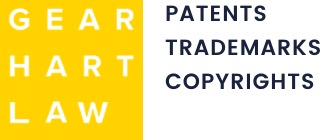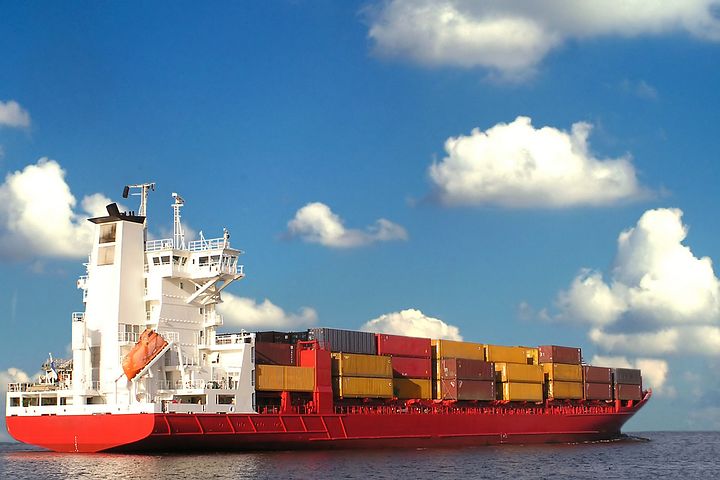Authored by Elizabeth Gearhart, Ph.D., Patent Agent at Gearhart Law
Do’s and don’ts of foreign patent filings
Do – file a PCT application within one year of your first U.S. patent filing (unless you know exactly which foreign countries you want protection in). A PCT application allows you to maintain your patent filing date in a number of foreign countries (192 member states as of August 2019) for 30 months while you decide which countries you want to move forward in.
Don’t – disclose your invention without a secrecy agreement before filing your first application. A public disclosure before filing can affect your ability to get patent rights in foreign countries.
Do – test the markets during the 30 months of PCT protection, to decide which countries to pursue patent rights in. Applying for a patent in a foreign country from a PCT application is called ‘nationalization’ and means that you go through the same process in each country that you want to nationalize in as you have in the U.S., with roughly the same expense, at least $10,000 per country.
Don’t – file in a foreign country before filing in the U.S. without a license from the PTO to do so if your product was invented in the U.S.
Do – understand that while the USPTO publishes U.S. applications, WIPO, The World Intellectual Property Organization, publishes PCT applications in the Patent Scope database.
Don’t – neglect to investigate the Patent Prosecution Highway (PPH) for your project. The PPH accelerates examination in countries after allowance of a claim in a country where the application was first filed. It may not be right for your project, but it can save time if it fits your purposes.
Filing patent applications in foreign countries, ie: nationalizing your application in specific countries, can be costly. Although you file the same application as you’ve filed in the U.S., you have to pay patent prosecution fees, as well as translation fees in those countries whose primary language isn’t English. Luckily, if you file a PCT application first, you have time to strategize and decide which countries are good markets for your product and where to nationalize.


